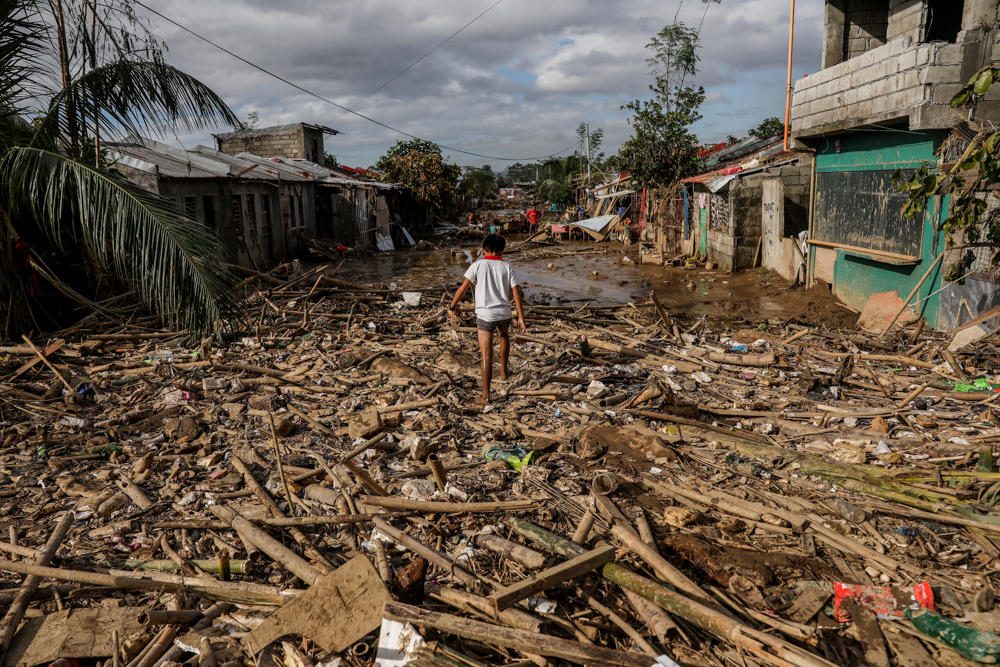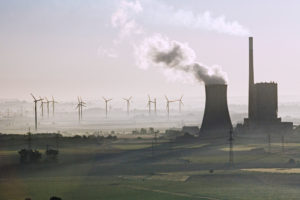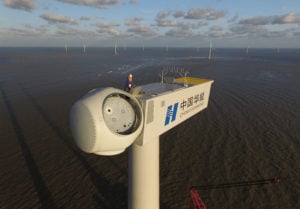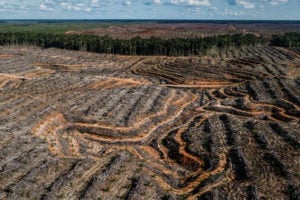By 2024, half of all climate finance from donors and multilateral development banks should be allocated to adaptation and resilience, according to UN Secretary-General António Guterres, speaking at the world’s first summit dedicated to protecting people from the current impacts of climate change earlier this week.
Climatic changes already locked into planetary systems are affecting the frequency and intensity of storms, causing seas to rise and become more acidic, shifting crop patterns, and spreading tropical diseases into new geographical areas, according to climate scientists.
In a call to action to world leaders and investors, made earlier this year, more than 3,000 scientists warned that climate-related disasters have cost US$650 billion in the last three years – more than 0.25% of global GDP for those years – and that this could soar to a cumulative $54 trillion by 2040. “We can no longer avoid dangerous anthropogenic interference with the climate system. We are experiencing the adverse consequences of that interference now,” their statement read.
But adapting systems and processes and making infrastructure more resilient to such shocks is often given less attention than emissions reduction, according to Guterres, who called it the “neglected half” of the climate equation.
Global investment in adaptation has increased steadily in recent years, from $22 billion a year in 2015-16 to $30 billion in 2017-18, according to the Climate Policy Initiative, which tracks climate investment globally.
But this would need to increase five to ten-fold, up to $300 billion a year, to meet the UN Environment Programme’s estimates of what is needed to respond to escalating climate risk. For every dollar invested in climate resilient infrastructure, six dollars can be saved, Guterres said.

New commitments
The new US climate envoy, John Kerry, made his first international appearance at the virtual summit, which was hosted by the Dutch government. “We are proud to be back,” he said. “We come back with humility for the absence of the last four years and we’ll do everything in our power to make up for it.”
The United States would promote cooperation between the private sector and affected communities, improve adaptation programmes and provide more funding for adaptation and resilience, he said.
Chinese vice premier, Han Zheng, called on the international community to implement the adaptation commitments made in the Paris Agreement. China was working on a new strategy to enhance its ability to deal with climate risk by 2035, he added.
Kristalina Georgieva, managing director of the International Monetary Fund (IMF) and board member of the Global Center on Adaptation (GCA), announced that the IMF’s annual surveillance of the economic risks faced by 190 countries around the world will include climate change for the first time.
Climate risks will also be incorporated in the IMF’s financial sector assessments, and it will encourage all countries to regulate to reduce financial sector climate risks. In addition, she launched a new data initiative to help countries track risk. The World Bank, which increased the proportion of climate finance committed to adaptation from 40% to 50% last year, promised to maintain this share for the next five years.
French President Emmanuel Macron reaffirmed that €2 billion – one third of France’s climate finance aid – will be allocated for climate adaptation. German Chancellor Angela Merkel committed a total of €270 million extra budget for climate adaptation, in support of vulnerable communities.
The Dutch government already earmarks half its climate finance for adaptation, but Prime Minister Mark Rutte announced an extra €20 million to the Least Developed Countries Fund for adaptation. The UK government launched a new coalition on adaptation with Egypt, Bangladesh, Malawi, the Netherlands, Saint Lucia and the UN Development Programme, to accelerate efforts ahead of COP26.
Forty governments and institutions including the UN Development Programme committed to a set of principles aimed at ensuring climate adaptation is led by local people making decisions on where and how financial support is used.
Covid-19 impact
The summit also saw the launch of the GCA’s first annual report on progress and trends in adaptation. This pointed to projections from the Climate Policy Initiative that adaptation finance could suffer a single-digit percentage fall in 2020 due to the ongoing global health crisis caused by Covid-19. This could be followed by high volatility given reductions in overseas development assistance, reductions in foreign direct investment and shifts towards health and away from infrastructure sectors such as energy and water.
However, the GCA’s report also pointed to the opportunity to mobilise adaptation finance through Covid-19 stimulus initiatives, including reduced insurance premium payments for climate risk insurance schemes in developing countries, debt relief to free fiscal space to address climate risk, and public-private partnerships.
Former UN secretary-general, Ban Ki-moon, who is now chair of the GCA, said: “Adaptation needs to be put on the same footing as mitigation. There is a risk that finance falls sharply just as it is increasingly important. Climate adaptation is not a nice-to-have if we’re to live in a secure world.”
Christina Chan, director of the climate resilience practice at the World Resources Institute, said that the summit had raised the political profile of adaptation. “It confirmed that there’s a community of countries working together on adaptation, with a common approach that puts people, especially vulnerable people, front and centre,” she said.







![Rishi Ganga, Dhauli Ganga flood [image courtesy: Uttarakhand information department]](https://dialogue.earth/content/uploads/2021/02/dhouliganga-flood-pic-credt-information-department-300x162.jpg)

![Saat mule (seven springs)—source of water for Nepal’s first hydropower project installed in 1911. Locals have built seven spouts and use this water for drinking and other purposes. Rest of the water goes to the reservoir pond [image by: Ramesh Bhushal]](https://dialogue.earth/content/uploads/2021/02/untitled-01-300x200.jpg)